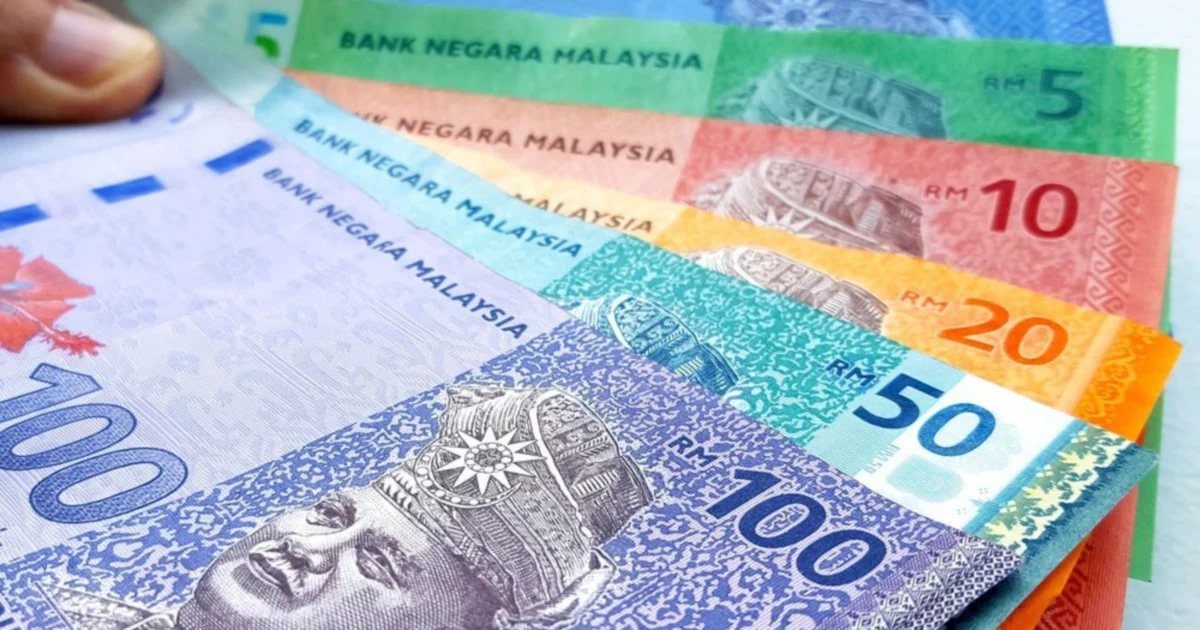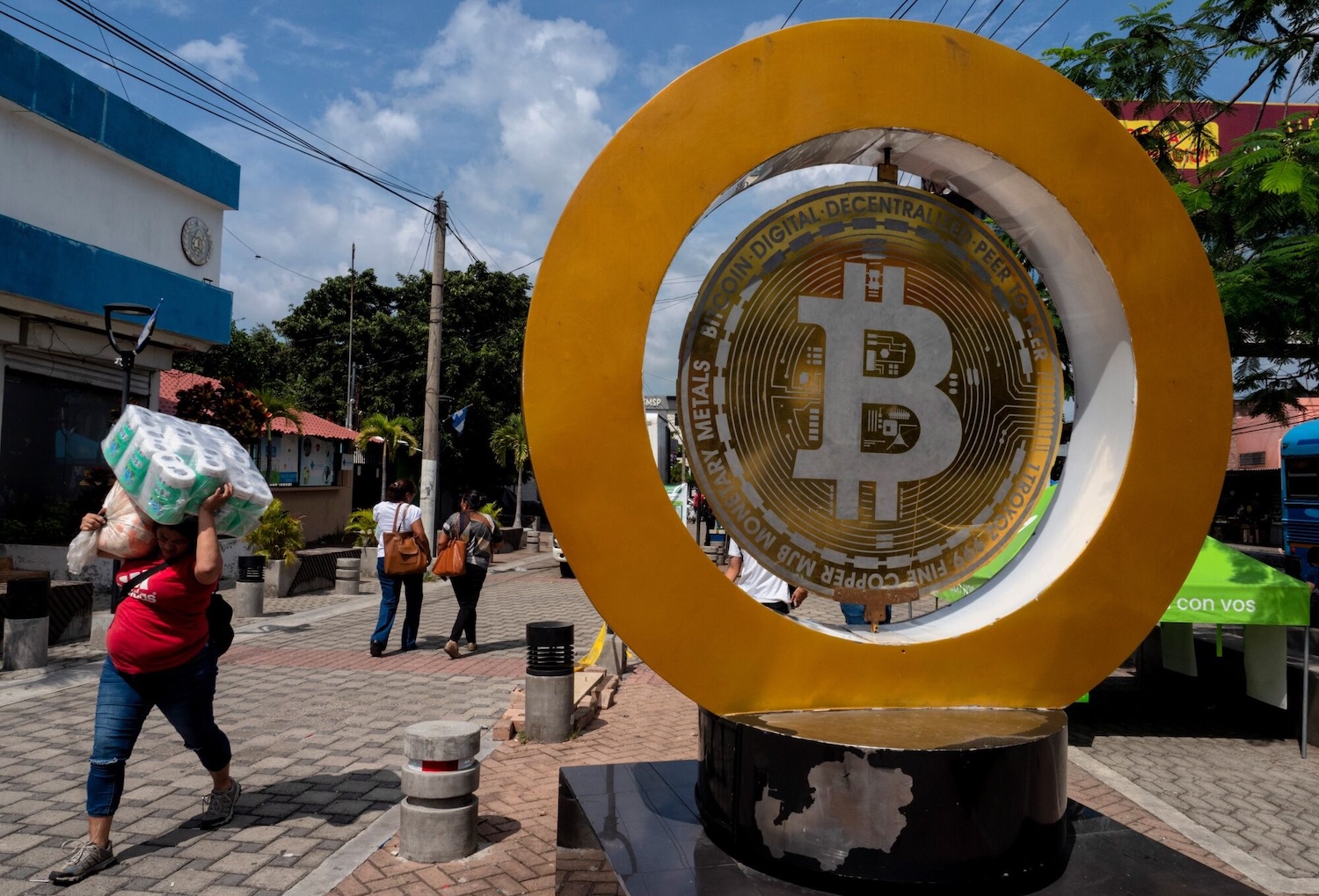An academic from the ISEAS – Yusof Ishak Institute suggests that while the recent appreciation of the ringgit is linked to effective government policies, this strengthening may be temporary.
SINGAPORE: The Malaysian ringgit has appreciated by nearly 11 percent against the US dollar between mid-June and the end of September this year. Political leaders from the ruling coalition have quickly attributed this turnaround in the ringgit’s fortunes to “sound government policies.”
These policies include initiatives aimed at increasing foreign direct investment, encouraging government-linked corporations to repatriate their foreign earnings, and implementing structural reforms. However, a longer-term evaluation of the currency’s fundamentals suggests that this appreciation may not be sustainable.
Generally, the media has also linked the strengthening of the ringgit to short-term factors, particularly expectations of interest rate cuts in the US. These expectations began to emerge in mid-2024 alongside declining probabilities of a recession in the country.
Another frequently mentioned factor driving the ringgit’s appreciation is robust export growth. Exports rose by 12 percent year-on-year in July and August, fueled by the palm oil sector and key manufacturing industries such as machinery, equipment, and electrical and electronics.
The appreciation of the ringgit presents a double-edged sword. While a stronger ringgit lowers import costs, it also makes the country’s exports more expensive internationally, potentially reducing competitiveness.
Malaysian policymakers contend that the currency was undervalued before the current cycle of appreciation. This assertion implies that the Malaysian economy has experienced a fundamental shift that has subsequently strengthened the currency.
A more comprehensive analysis of the Malaysian economy over time will be required to determine whether these economic fundamentals have indeed shifted.
A depreciating ringgit helps maintain export competitiveness.
An analysis of Malaysia’s exchange rate over a longer period shows that the ringgit has gradually depreciated against the US dollar for more than a decade. A more comprehensive measure of the ringgit’s performance is the real effective exchange rate (REER), which is calculated as a weighted average of the ringgit against a basket of other major currencies. The REER, which indicates the relative cost of goods from other countries compared to Malaysia, has trended downward over time.
This trend suggests that Malaysia’s exports have become cheaper over the years, while imports have become more expensive. The recent appreciation of the ringgit has only slightly reversed this long-term trend.
The ongoing decline in the country’s real exchange rate has undoubtedly contributed to maintaining its export competitiveness. Malaysia’s share of global merchandise exports increased from 0.4 percent in the early 1970s to a peak of 1.5 percent in 2000.
While this share declined from 2000 to 2016, a modest revival since 2017 has restored the country’s competitiveness in global merchandise exports, despite the rise of manufacturing powerhouses like China and Vietnam since the 2000s.
A significant long-term change in the Malaysian economy is the growth of the non-tradable sector, which produces goods and services consumed entirely domestically. The services sector, primarily non-tradable, currently accounts for 53 percent of Malaysia’s GDP.
Although trade in services has gradually increased over the years, its proportion relative to GDP has declined since the late 1990s. Moreover, trade in services remains significantly smaller than merchandise trade, which is five to six times larger. Therefore, the services sector is expected to continue to be primarily non-tradable in the future.




